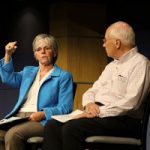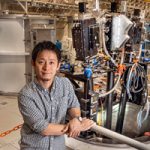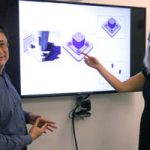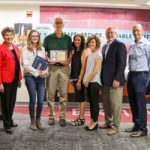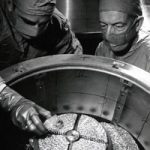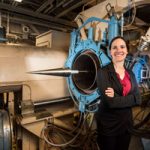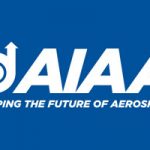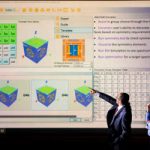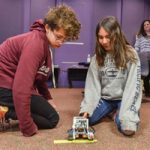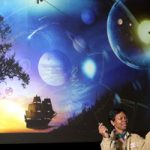Younger: A Sputnik moment is coming
Laboratories Director Steve Younger and Chief Research Officer Susan Seestrom took the stage at the Steve Schiff Auditorium Aug. 26 to discuss “discovery science” and what it means for Sandia. The talk was the latest installment of the New Research Ideas Forum.
Experiments at sun temperature offer solar model solutions
Physicists at Sandia’s Z machine have found that a widely used astronomical model underestimates the energy blockage caused by free-floating iron atoms. Now, Sandia’s experimental opacity measurements can help bloodlessly resolve a major discrepancy in how the 40-year-old Standard Solar Model uses the composition of the sun to predict the behavior of stars.
Getting to the nuts and bolts of nuts and bolts
After more than five years, a mathematical breakthrough devised by a structural engineer and a computational scientist may save Sandia time and resources to test complex systems. The method is now being used in production in Sandia's Sierra code, and the designers say its potential is limited only by researchers' imagination.
Three Sandia teams win NA-50 Awards of Excellence
Jim McConnell, associate administrator for NNSA’s Office of Safety, Infrastructure and Operations, presented three Sandia project teams with NA-50 Awards of Excellence during a July ceremony at Sandia’s Albuquerque campus.
Man on the moon
On July 20, 1969, nearly 650 million people watched as Neil Armstrong took “...one small step for a man, one giant leap for mankind,” when the Apollo 11 mission landed the first man on the moon. This year marks the 50th anniversary of that mission, and Sandia was part of the team.
High-speed experiments improve hypersonic flight predictions
When traveling at five times the speed of sound or faster, the tiniest bit of turbulence is more than a bump in the road, said Katya Casper, the Sandia aerospace engineer who, for the first time, characterized the vibrational effect of the pressure field beneath one of these tiny hypersonic turbulent spots.
Sandia aerospace engineer to head national institute
Members of the American Institute of Aeronautics and Astronautics elected Basil Hassan, a senior manager and engineering program deputy, as the group’s next president. The AIAA represents more than 30,000 individual and 95 corporate members from the aeronautics and space community. Basil will begin a yearlong stint as president-elect of the institute in May, and then serve a two-year term as president starting in May 2020.
Mirage software automates design of optical metamaterials
Sandia software developers have created the first inverse-design software for optical metamaterials. The new software lets users design science-fiction-like materials with the same efficiency that architects use when they draft building plans.
‘MANOS’ needs a hand
Many of us can thank a teacher or mentor who early in our lives ignited in us a passion for our current professions. Sandia’s Manos — or “hands-on” — program is looking for the next generation of Sandia volunteer mentors to provide that spark for science, technology, engineering and math in local middle school students.
Space surgeon’s prescription for success
Dr. Yvonne Cagle, astronaut, surgeon, retired U.S. Air Force colonel and aerospace researcher, has developed a device for space flight that heals muscle damage in record time here on earth. Cagle spoke at Sandia/California as part of Sandia’s Black History Month events.
